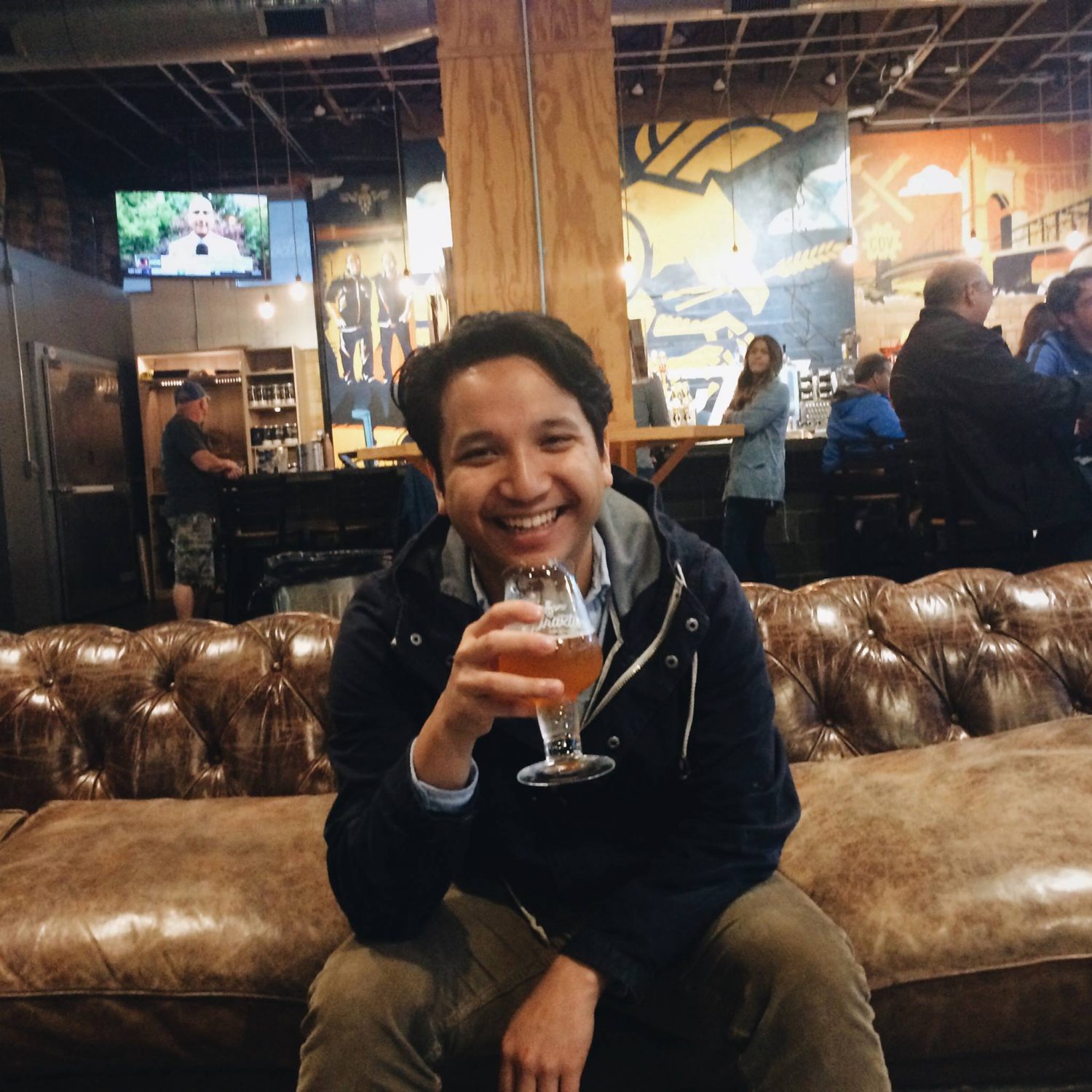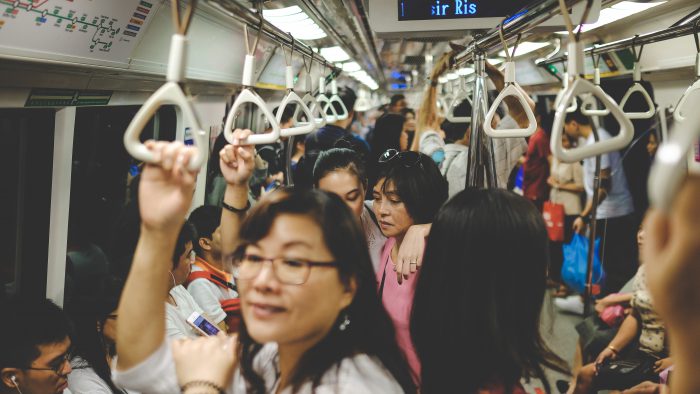
In Edgard Varese’s Liberation of Sound, Varese is describing the new boundaries of music that will be created through the use of machines. “The new musical apparatus,” he describes, will be “able to emit sounds of any number of frequencies, will extend the limits of the lowest and highest registers, hence new organizations of the vertical resultants: chords, their arrangements, their spacings, that is, their oxygenation.” Much like Luigi Russolo, Varese was interested in exploring the capabilities of sound beyond the conventional. Russolo and Varese had both thought of machinery as a means to invent new sounds, but the way they envisioned machinery’s involvement was a bit different. Russolo had thought of noise as a product of machinery; crackles and rumbles were produced my machine-like instruments. Varese’s imagined the machine as something that a composer could put his score through and the machine “will faithfully transmit the musical content to the listener.”
Today, we can think of the role the music producer as the composer that was described by Varese, who had also accurately predicted that traditional music notation would be dated and that new graphical representations of music notation would have to be invented. He imagined that music notation would be seismographic. With the advent of digital audio workstations, music is often visually represented through sound waves and other graphical representation.
Though computers play a major role in nearly all recorded music today, Varese might be disappointed in how it has been shaped. He was constantly trying to challenge musical conventions, breaking from the rules. But toward the end of Liberation of Sound, Varese describes his reservations: “I am afraid it will not be long before some musical mortician begins embalming electronic music in rules.“ Music today is created through machines, but still adheres to western traditions and pop conventions. Varese’s Poeme Electronique explores all the new oddities and new frontiers of experimental music and stylistically reminds me of something bleak and space-age like. He was successful in creating art that pushed the boundaries, but I’m curious to see what he would think of the state of music today.



